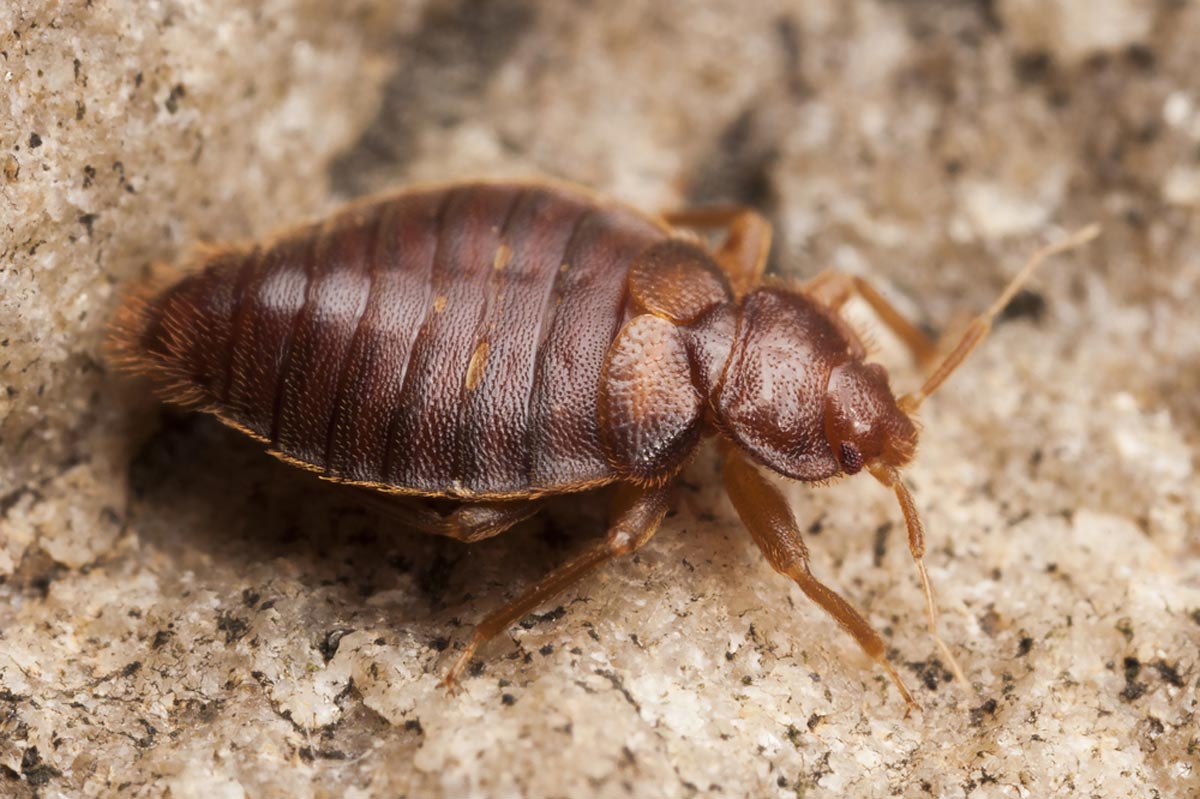Recognizing the Lifecycle of Pests for Targeted Control Techniques
Understanding the lifecycle of insects is an essential aspect of effective insect management approaches. With a much deeper understanding of how pests develop and thrive, customized control methods can be developed to attend to certain points in their lifecycle, inevitably leading to even more effective pest administration outcomes.
Value of Comprehending Pest Lifecycle
Understanding the lifecycle of pests is vital for creating efficient and targeted control methods in pest management. By comprehending the numerous stages a parasite goes via from egg to grownup, insect control specialists can recognize susceptible factors in the lifecycle where treatment can be most effective.
Moreover, acknowledging the specific ecological problems necessary for each stage of the pest's lifecycle can direct decisions on habitat modification or exemption methods to disrupt the lifecycle and minimize insect populaces. This knowledge makes it possible for pest administration experts to apply proactive procedures as opposed to depending entirely on reactive therapies, causing even more sustainable and long-term bug control remedies. Ultimately, a thorough understanding of parasite lifecycles equips bug control specialists to tailor their strategies successfully, making the most of and lessening environmental influences control end results.
Trick Phases in Pest Growth
To properly execute targeted control methods in bug management, a vital aspect hinges on comprehensively recognizing and comprehending the vital phases in bug growth. Pest development generally includes a number of essential stages that are essential for their lifecycle and monitoring. The first stage is the egg stage, where insects lay eggs that later hatch out into larvae. Larvae after that progress right into pupae, a phase where they undergo transformation before emerging as adult parasites. Comprehending these stages is essential as it assists in pinpointing weak spots in the lifecycle where control measures can be most efficient.

Vulnerabilities in Parasite Lifecycle
Throughout the numerous phases of a parasite's lifecycle, distinctive vulnerabilities emerge that can be purposefully targeted for effective control procedures. One vital susceptability depends on the egg stage, where insects are typically extra vulnerable to certain pesticides or biological control representatives because of their soft outer shell, making them much easier targets for treatment. Furthermore, the nymph or larval phase provides vulnerabilities as why not find out more pests undergo fast growth and growth, calling for high energy usage that can be made use of by disrupting their food sources or introducing development preventions. Pupal stages, identified by see immobility and improvement, use a window for targeted control through physical obstacles or details therapies that hinder successful emergence. Grown-up pests, while a lot more resistant due to their reproductive capacity, can still be susceptible during mating or egg-laying tasks, which can be disrupted with scent catches or sterilization techniques. Comprehending these susceptabilities in the bug lifecycle is vital for developing efficient and accurate control techniques that successfully manage pest populaces while minimizing ecological influence.
Executing Targeted Control Steps

Executing targeted control procedures normally includes a multi-faceted approach. This might include environment modification to make the setting less welcoming to bugs, such as see this removing standing water for mosquito control or sealing access factors for rats. In addition, biological control approaches can be made use of, where natural predators or virus are introduced to keep pest populations in check.
Integrated Pest Monitoring (IPM) approaches that combine numerous control measures in a collaborated and sustainable way are often the most efficient in attaining long-term insect monitoring goals. By applying targeted control measures based on a complete understanding of bug lifecycles, pest populations can be efficiently controlled while minimizing risks to human health and the setting.
Improved Bug Monitoring Practices

In addition, the consolidation of biological control agents, such as natural killers or pathogens of bugs, can assist lower dependence on chemical pesticides and advertise a much more well balanced ecosystem. Carrying out physical barriers and traps can additionally belong to enhanced insect management methods, providing non-toxic and targeted options for parasite control. In addition, the usage of pheromones and other semiochemicals can interfere with pest breeding patterns and communication, bring about decreased insect populations gradually.
Final Thought
By determining vital stages in bug growth and susceptabilities in their lifecycle, targeted control actions can be carried out to minimize pest populations. Improved insect administration techniques can help lower the dependence on broad-spectrum chemicals and promote even more ecologically friendly and lasting parasite control methods.
Understanding the lifecycle of bugs is essential for creating efficient and targeted control techniques in bug monitoring. By comprehending the various phases an insect goes with from egg to grownup, bug control experts can determine prone factors in the lifecycle where intervention can be most effective. Inevitably, a thorough understanding of bug lifecycles empowers bug control experts to tailor their approaches successfully, reducing ecological influences and making the most of control outcomes.
By executing targeted control procedures based on a complete understanding of insect lifecycles, bug populaces can be efficiently managed while reducing dangers to human health and wellness and the atmosphere.
By determining crucial stages in bug advancement and vulnerabilities in their lifecycle, targeted control actions can be applied to lessen insect populations.
Comments on “Comprehensive A1 Bed Bug Extermination in Houston Location”